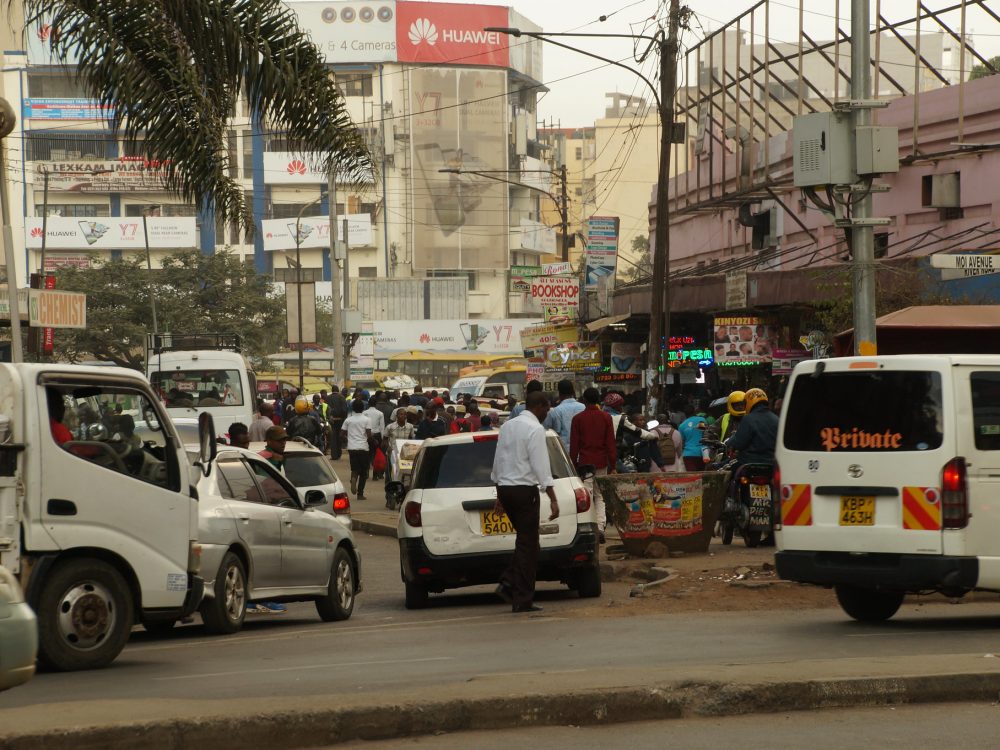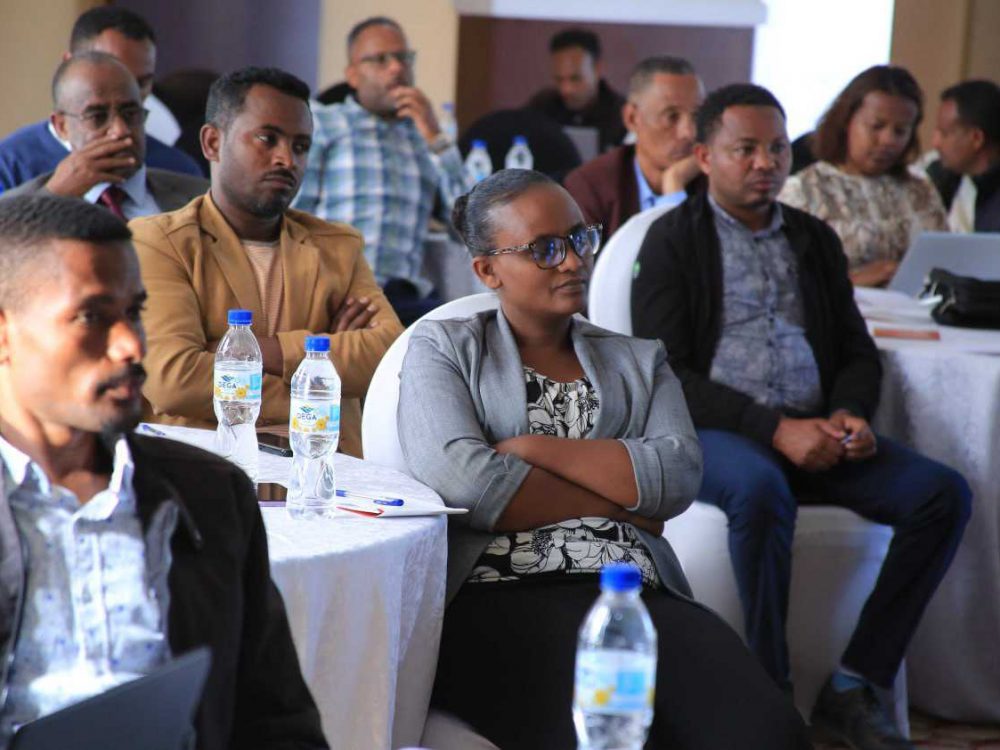Geocoding Hits the Ground
This Story from the Field comes from Joshua Powell, a Business Development Associate with Development Gateway focusing on AidData and geocoding work:
Over the past two years, I have been able to watch AidData’s geocoding efforts grow from an isolated research program into the celebrated Mapping for Results partnership with the World Bank Institute, and the African Development Bank pilot mapping program. During this time, I have heard repeatedly about how these maps would improve division of labor, decrease funding gaps, and improve aid effectiveness. However, these conversations had always been held in offices and conferences in DC, London, and California. It seemed that it was time for geocoding to grow again – this time from an intellectual exercise in transparency to a practical exercise in improving the value and efficiency of aid efforts.
This fall, I was able to participate in what is likely the first step in this transition from focusing on “top-down” transparency to “bottom-up” results. Our partners in the Malawi Ministry of Finance explained to us how having these detailed, sub-national maps available would help them to work with their donor partners in improving coordination and aid targeting. More importantly, integrating geocoding with AMP and developing local capacity for mapping could provide the sustainability to allow for better project planning and transparency over time. The 14 donors that we presented the mapping to saw the same potential for in-country usefulness of the mapped data and agreed to provide the necessary information to move the process forward.
While promising, this trip pointed to the amount of work that lies ahead for aid mapping to reach the “end users” of aid. When the Malawi Ministry of Finance presented our joint work (done in cooperation with the Strauss Center’s CCAPS program—see previous article) in Busan, it demonstrated the feasibility of two of the four key uses of geocoding: aid transparency and country aid management. However, there is still much to be done on the other two fronts: project monitoring and evaluation, and recipient-sourced feedback. It is exciting to see this project moving from mapping inputs toward assessing results.
Share This Post
Related from our library

Diving into the DaYTA Program’s Data Collection Process
This blog explores key insights from the DaYTA program, offering practical guidance for researchers on effective data collection, overcoming field challenges, and leveraging local partnerships to enhance tobacco control efforts. This piece is especially timely following DaYTA’s workshop convening all 3 study country stakeholders to review the survey results and strategize on how best to disseminate this data to target audiences. This workshop took place from in Lagos, Nigeria, from November 18-20th.

New Research Manuscript on Mortality from Tobacco Use in Kenya
DG is excited to announce the publication of a research manuscript on Mortality from Tobacco Use in Kenya in Tobacco-Induced Diseases. This research was carried out as part of the Tobacco Control Data Initiative (TCDI).

Connecting Digital Dreams to Infrastructure Needs: Three Lessons from the aLIVE Program
After eighteen months of implementing the aLIVE program, we’ve learned three lessons on how to best support our partners in Ethiopia, advance our work in data systems and management, and ultimately, reach our overall goal of supporting Ethiopia in achieving food security and building a more robust, independent economy.